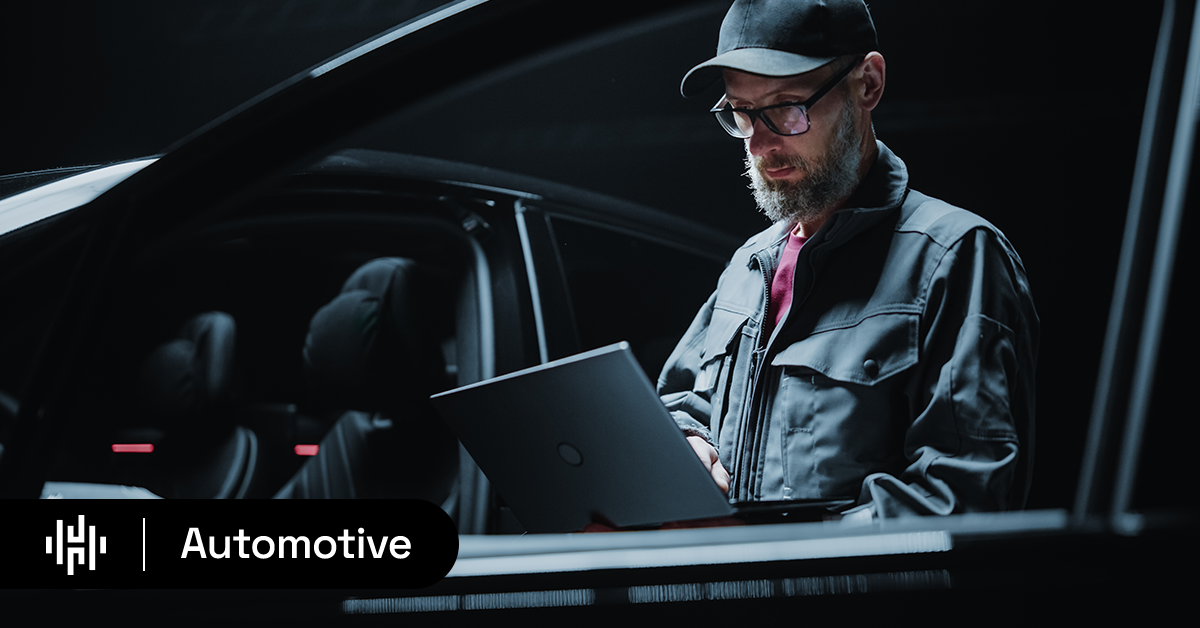The rise of Software-Defined Vehicles (SDVs) signals a major transformative shift for the automotive industry.
Unlike traditional cars, which are primarily defined by their mechanical and electronic hardware, SDVs leverage sophisticated software to control nearly all aspects of vehicle functionality.
This shift allows automakers to continuously enhance vehicle features and capabilities throughout the vehicle’s lifecycle via over-the-air updates, much like smartphones receive regular updates to improve user experience and functionality.

Why Software-Defined Vehicles Matter
The transition to SDVs represents more than just a technical upgrade; it fundamentally reshapes the automotive industry. Drivers benefit from continuously improving safety features, advanced infotainment options, and personalized driving experiences.
Manufacturers experience dramatic operational improvements, including streamlined manufacturing processes, enhanced quality control, and more efficient maintenance and diagnostic practices.
Additionally, automakers can now tap into new revenue streams, offering subscription-based services, digital app ecosystems, and enhanced vehicle features unlocked through software updates.
Core Technologies Enabling SDVs
At the heart of an SDV lies a centralized computing platform, shifting from dozens of individual electronic control units (ECUs) scattered throughout the vehicle to fewer, more powerful domain controllers or even a single high-performance computer.
This new architecture enables automakers to deploy over-the-air (OTA) software updates, remotely and rapidly upgrading functionalities. Cloud connectivity further enhances these vehicles by enabling real-time data collection and analytics, significantly improving the accuracy and responsiveness of onboard systems.
Early Leaders and Innovators
Tesla has set the industry standard, pioneering OTA updates and integrating advanced driver-assistance systems (ADAS) that continually evolve through software updates.
Traditional automotive giants, such as General Motors (with its Ultifi platform) and Mercedes-Benz (through MB.OS), are actively pursuing aggressive strategies to integrate SDV capabilities into their fleets.
Emerging brands like NIO and Rivian are also showcasing rapid innovation through software-driven features and customer-centric service models, illustrating the competitive urgency surrounding SDVs.

Looking Ahead: The Data-Driven Future
Software-defined vehicles represent a pivotal evolution in automotive history, requiring automakers to reimagine their roles as technology companies. As we look to the future, the successful adoption of SDVs will depend heavily on leveraging data, analytics, and artificial intelligence to maximize their potential.
In our next article, we’ll dive deeper into how data and AI specifically empower SDVs, revealing the strategies automotive leaders must adopt to excel in this new digital-first landscape.
Eager to learn more about how your enterprise can stay competitive in the next wave of software-defined vehicles? Talk to one of our experts today.





